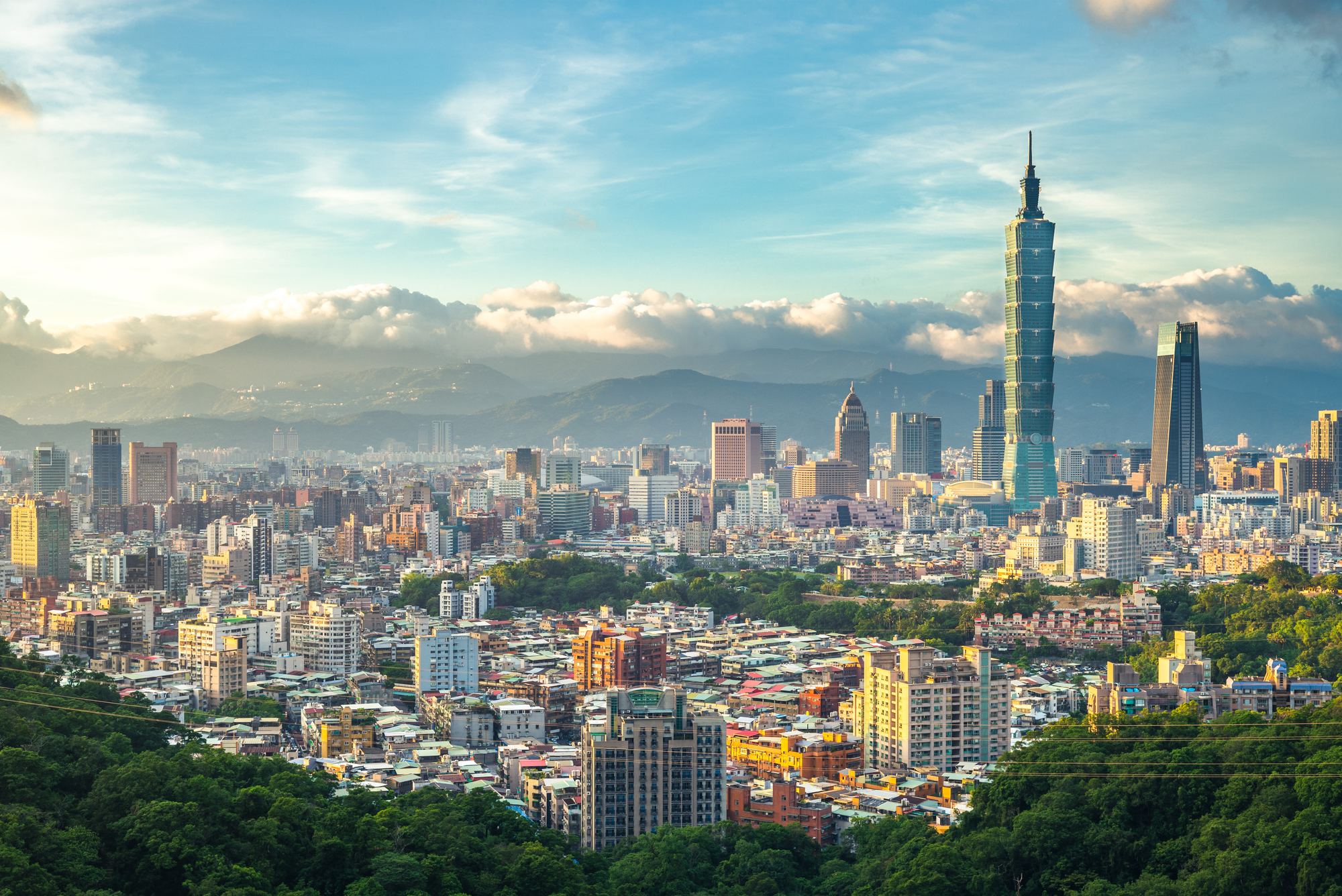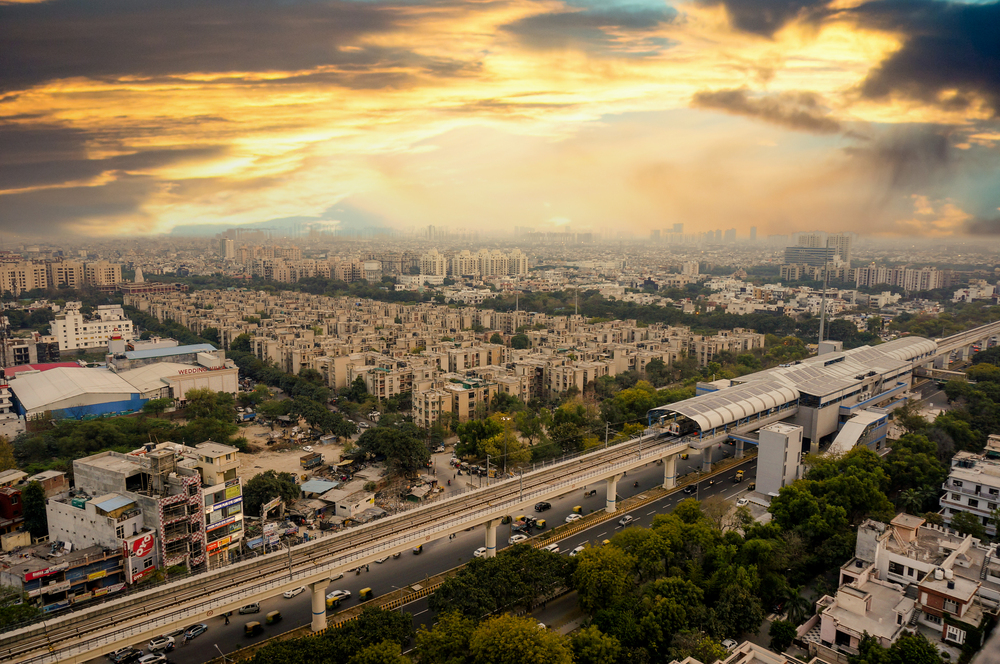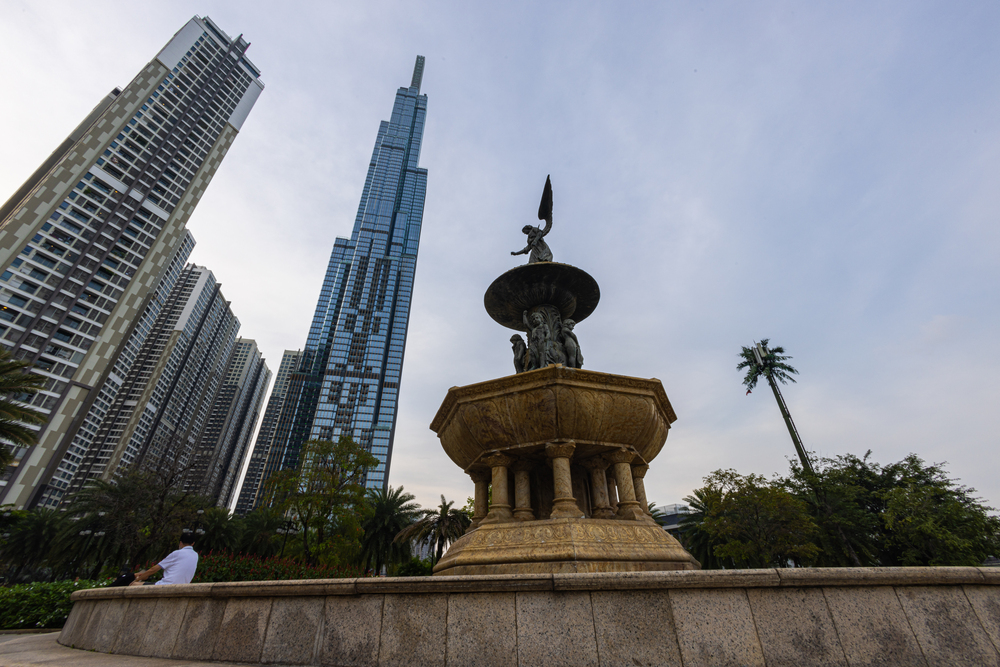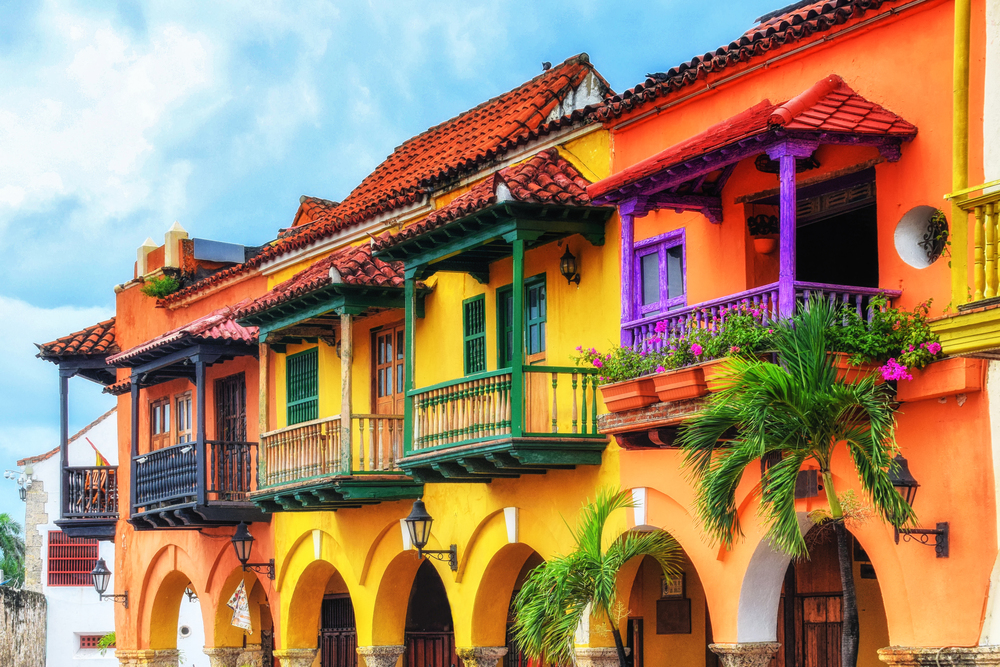Street food represents the ultimate democratic dining experience—where locals and travelers alike gather around humble stalls to sample authentic flavors crafted by specialized cooks. These informal eateries often preserve culinary traditions dating back generations while simultaneously reflecting contemporary urban life. For travelers seeking to understand a culture through its food, street vendors offer both authentic taste experiences and windows into everyday local life. From sizzling woks in Bangkok to steaming tajines in Marrakech, street food scenes vary dramatically across continents while sharing universal qualities.
Here is a list of 17 cities that offer extraordinary street food experiences worth traveling the world over to enjoy.
Bangkok, Thailand

Thailand’s capital stands as perhaps the world’s greatest street food destination, where culinary treasures appear on practically every corner. Vendors specialize in specific dishes perfected over decades—whether pad thai fried before your eyes or boat noodle soup with complex broths simmered for hours.
The city’s Chinatown (Yaowarat) transforms nightly into a food paradise where seafood sizzles in massive woks alongside sweet dessert stalls serving mango sticky rice. Despite periodic government attempts to regulate vendors, Bangkok’s street food culture remains resilient—a testament to its essential role in Thai daily life.
Mexico City, Mexico

The sprawling Mexican capital offers perhaps the Americas’ richest street food tradition, with pre-Hispanic roots still evident in contemporary dishes. Markets like Mercado de la Merced house countless stalls serving regional specialties, while street corners throughout the city feature vendors crafting perfect tacos al pastor—marinated pork shaved from vertical spits originally inspired by Lebanese immigrants.
Morning brings vendors selling tamales from colorful carts, while evenings see crowds gathering around tlacoyeros pressing blue corn dough into oval shapes, topping them with beans, cheese, and salsa. The city’s street food scene received UNESCO Cultural Heritage recognition, acknowledging its importance to Mexican identity.
Like Travel Pug’s content? Follow us on MSN.
Marrakech, Morocco

The ancient medina of Marrakech houses Jemaa el-Fnaa square—a nightly carnival of food stalls, storytellers, and entertainers creating North Africa’s most famous street food scene. As afternoon turns to evening, dozens of vendors wheel carts into precise locations, creating impromptu restaurants serving everything from spiced snail soup to perfectly grilled merguez sausage.
Smoke rises from stalls grilling skewered meats while others ladle hearty harira soup into small bowls accompanied by dates and chebakia pastries—especially popular during Ramadan. Beyond the main square, medina alleyways hide specialized vendors making sfenj (Moroccan doughnuts) or bessara (fava bean soup) worth seeking out.
Taipei, Taiwan

Taiwan’s capital boasts over 200-night markets, where culinary exploration continues long after sunset. The famous Shilin Night Market spans several city blocks with hundreds of stalls serving classics like oyster omelets, stinky tofu, and pepper pork buns alongside modern innovations.
Taiwanese street food balances Chinese culinary traditions with Japanese influences and indigenous ingredients, creating distinctive dishes like coffin bread (thick toast stuffed with creamy seafood) and wheel cakes (circular pancakes with sweet fillings). Bubble tea originated here in the 1980s, now a global phenomenon with the best versions still found at Taiwanese street stalls using fresh ingredients rather than powders.
Singapore

This island city-state transformed its once-unregulated street food scene into the world’s most organized system through government-built hawker centers—open-air complexes housing dozens or hundreds of vendors under one roof. Despite the formalization, Singapore’s hawker culture remains authentic enough to receive UNESCO Cultural Heritage recognition in 2020.
Stalls often specialize in single dishes perfected over generations—Hainanese chicken rice, laksa, char kway teow, or chili crab—with some vendors earning prestigious Michelin stars despite humble settings and prices under $5. The hawker center system ensures high food safety standards while preserving culinary traditions from Singapore’s Chinese, Malay, and Indian communities.
Like Travel Pug’s content? Follow us on MSN.
Istanbul, Turkey

Straddling Europe and Asia, Istanbul’s street food reflects its position as a cultural crossroads where flavors from multiple civilizations converge. Beyond the famous döner kebab, vendors sell simit (circular bread covered with sesame seeds) from distinctive red carts while boats along the Bosphorus grill fresh mackerel for fish sandwiches (balık ekmek).
Winter brings roasted chestnuts and salep—a hot, creamy drink made from orchid roots—while summer sees vendors selling midye dolma (mussels stuffed with spiced rice). The Grand Bazaar and Spice Bazaar house numerous food stalls among their shops, continuing traditions established centuries ago along historic trade routes.
Palermo, Sicily

Sicily’s capital maintains perhaps Europe’s most vibrant street food tradition, dating back to Arab rule during the 9th-11th centuries. The city’s friggitorie (fry shops) serve panelle (chickpea fritters) and arancini from recipes that have barely changed for centuries.
Markets like Ballarò and Vucciria transform daily into open-air kitchens where vendors grill stigghiola (intestines wrapped around scallions) and serve pani ca meusa (spleen sandwiches)—dishes reflecting the waste-nothing philosophy born from historical poverty. Late nights bring out food carts serving Sicily’s famous cannoli with freshly filled crisp shells—never pre-filled, to maintain perfect texture
Mumbai, India

India’s most populous city sustains countless street vendors, feeding millions daily with quick, affordable meals. The city’s most iconic street food, vada pav—spicy potato fritters in soft buns with various chutneys—fuels Mumbai’s workers much like burgers elsewhere. Chaat stands serve pani puri (crisp hollow shells filled with flavored water) and bhel puri (puffed rice with tamarind chutney), combining sweet, spicy, tangy, and crunchy elements in perfect balance.
Evening brings crowds to Chowpatty Beach, where vendors serve pav bhaji (vegetable curry with buttered rolls) while preparing fresh sugarcane juice in hand-cranked presses.
Like Travel Pug’s content? Follow us on MSN.
Penang, Malaysia

This island state earned international recognition as a culinary destination through its unique fusion of Malay, Chinese, Indian, and Peranakan traditions. Gurney Drive Hawker Centre and numerous street markets serve char kway teow (stir-fried noodles) prepared in well-seasoned woks imparting wok hei (“breath of the wok”)—that distinctive smoky flavor.
Laksa Penang features rice noodles in sour fish-based broth, while cendol provides sweet relief from the heat with shaved ice, coconut milk, and green rice flour jelly. Many vendors represent multigenerational family businesses where recipes passed down maintain authentic flavors increasingly rare elsewhere.
Seoul, South Korea

Korea’s capital transforms nightly as pojangmacha (street food tents) emerge throughout the city, creating cozy temporary restaurants serving soju alongside classic street dishes. Markets like Gwangjang and Namdaemun offer extraordinary food experiences where vendors specialize in dishes like bindaetteok (mung bean pancakes), tteokbokki (spicy rice cakes), and sundae (blood sausage).
Korean street food places a strong emphasis on texture—chewy, crispy, soft elements often combined in single dishes. Beyond traditional items, creative vendors continuously develop new street food trends like tornado potatoes (spiral-cut potatoes on sticks) that spread globally through social media.
Oaxaca, Mexico

This southern Mexican city represents the country’s most celebrated regional cuisine, with street food reflecting indigenous Zapotec traditions fused with colonial Spanish influences. The central market houses numerous vendors making tlayudas—massive tortillas topped with beans, cheese, and meats often called “Mexican pizza”—cooked on clay comales (griddles).
Street vendors sell chapulines (toasted grasshoppers with chile and lime), while markets offer seven distinct mole varieties alongside tejate—a pre-Hispanic drink made from maize and cacao. Morning brings vendors selling fresh tamales steamed in banana leaves, their arrival announced by distinctive whistles echoing through colonial streets.
Like Travel Pug’s content? Follow us on MSN.
Ho Chi Minh City, Vietnam

Vietnam’s southern metropolis maintains extraordinary street food traditions where vendors often sell just one dish perfected over decades. Sidewalks transform into makeshift dining rooms with tiny plastic stools surrounding portable kitchens where cooks prepare phở, bánh mì, and bún thịt nướng (grilled pork with noodles).
The city’s coffee culture thrives alongside food stalls with sidewalk cafes serving cà phê sữa đá (iced coffee with condensed milk), providing refreshment between culinary adventures. District 4 offers adventurous eaters seafood prepared streetside while Bến Thành Market hosts numerous food stalls serving regional specialties from across Vietnam.
Portland, Oregon

While street food typically develops through long cultural traditions, Portland revolutionized American dining through food cart pods—permanent collections of mobile vendors creating outdoor food courts. The city’s relatively easy permit process and lower startup costs compared to restaurants allowed culinary entrepreneurs to launch innovative concepts. International offerings sit alongside creative fusion cuisine, with over 500 carts citywide serving everything from traditional Thai boat noodles to Korean-Mexican tacos.
Unlike temporary street stalls elsewhere, Portland’s cart culture creates semi-permanent micro-restaurants where chefs develop loyal followings before sometimes transitioning to brick-and-mortar establishments.
Cartagena, Colombia

This Caribbean coastal city serves street food reflecting its complex history as a Spanish colonial port influenced by African, indigenous, and Arab culinary traditions. Women dressed in colorful traditional attire known as palenqueras sell tropical fruits and fresh juices throughout the walled historic center. Evening brings out carts selling arepas de huevo (corn cakes stuffed with egg), carimañolas (yuca fritters filled with meat), and fresh ceviche served in cups with saltine crackers.
The Getsemaní neighborhood houses numerous street vendors whose cooking techniques preserve traditions brought by African slaves centuries earlier.
Like Travel Pug’s content? Follow us on MSN.
Cairo, Egypt

Street food traditions dating back millennia continue in Egypt’s bustling capital, with vendors selling dishes that would be recognizable to ancient Egyptians. Koshary—a hearty mixture of rice, lentils, pasta, and fried onions with spicy tomato sauce—serves as the city’s most beloved street dish, sold from specialized shops with lightning-fast service.
Carts throughout the city sell ful medames (stewed fava beans) for breakfast, while others offer taameya (Egyptian falafel made with fava beans instead of chickpeas). Sweet tooth cravings find satisfaction through vendors selling kunafa and basbousa, whose syrup-soaked delights provide quick energy boosts on busy streets.
Lima, Peru

Peru’s gastronomic renaissance began with humble street food traditions now elevating the country to global culinary prominence. Street vendors serve anticuchos (beef heart skewers) grilled over charcoal—a dish with origins in pre-colonial times when indigenous peoples adapted to using animal parts left by Spanish colonizers.
Markets throughout Lima offer fresh ceviche where fish “cooks” in lime juice alongside picarones (sweet potato doughnuts with spiced syrup) reflecting African influences. The city’s Japanese immigrant community contributed to the development of Nikkei cuisine, visible in street food through techniques and ingredients adapting Japanese traditions to Peruvian ingredients.
New Orleans, Louisiana

While American cities typically lack deep street food traditions, New Orleans stands as the exception, with vendors selling iconic dishes from carts and corner stores for generations. The city’s signature street foods reflect its multicultural heritage—from muffuletta sandwiches created by Italian immigrants to Creole-influenced hot tamales sold from rolling carts.
French Market vendors sell traditional beignets dusted with powdered sugar alongside pralines reflecting West African culinary influences brought through the slave trade. Modern food truck regulations have expanded offerings while historic Lucky Dogs hot dog carts continue operating in the French Quarter just as described in John Kennedy Toole’s novel “A Confederacy of Dunces.”
Like Travel Pug’s content? Follow us on MSN.
Culinary Streets Connect Us

Street food offers perhaps the most democratic dining experience possible—where social barriers dissolve around shared tables enjoying dishes that often represent centuries of cultural evolution. These urban food landscapes provide windows into authentic local life far more revealing than museum visits or guided tours.
For travelers seeking connection to a place and its people, following locals to their favorite food stalls opens doors to understanding that formal restaurants rarely provide. The street food cities on this list represent places where public cooking and eating remain essential components of cultural identity rather than mere convenience—creating unforgettable taste memories that linger long after returning home.
More from Travel Pug

- Cities Growing so Fast You Won’t Recognize Them in 10 Years
- 13 Destinations Where Tourists Regularly Regret Their Trip
- 16 U.S. Cities That Are Quietly Becoming Travel Hotspots
- Where to Travel If You Love Long Bus Rides and Daydreams
- 20 Cities Perfect for Solo Travelers Who Crave Adventure & Culture
Like Travel Pug’s content? Follow us on MSN.
